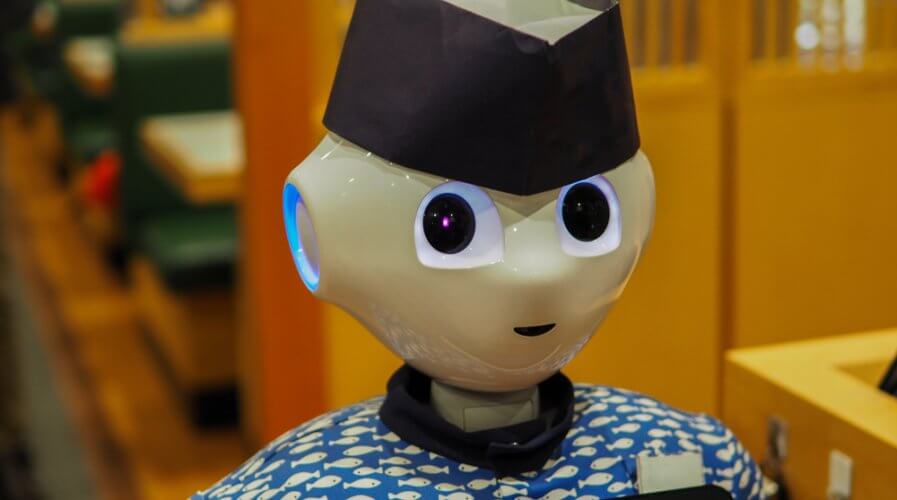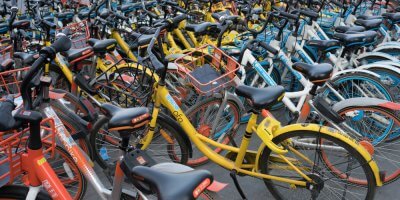
Robots will be the ones waiting tables in the future, as Singapore battles with labor shortages. Source: Shutterstock
Are Singapore’s restaurants ready for robots?
ROBOTS could be serving you in Singapore’s restaurants in the near future.
Food services companies in the country are looking to combat labor shortages and cost issues by using robots to take over basic functions such as taking orders and serving food.
However, the government has warned that restaurants must be smart about incorporating technology instead of blindly following the latest trends.
Senior Minister of State for Education and Trade and Industry, Chee Hong Tat, according to a report by Channel News Asia said that the food services industry has no alternative but to embrace technology.
Technology can help improve processes in food services such as customer relations, inventory, and procurement – provided it is used appropriately.
Chee drew on the example of Creative Eateries, which implemented a digital internal system to facilitate orders for ingredients from the central kitchen.
The data allowed the company to better predict production levels and monitor live inventory numbers. As a result, Creative Eateries can manage product shelf life more efficiently and lower its storage costs.
“Like all tools, we need to apply technology smartly to support new business models and process re-engineering. The objective is not to chase technology as an end in itself,” Chee said.
Citing a personal experience, he recalled an instance in a local restaurant he patronized, where tables were left bare due to malfunctioning e-menus displayed on tablets.
“When a tablet was not working, either because the system hanged or someone accidentally spilled soup on it, customers could not sit at that table because there was no alternative channel to order their food,” he explained.
Food services remain an integral part of Singapore’s economy, contributing over US$2.3 billion to the country’s GDP in 2016, according to official numbers. However, labor numbers in the sector have declined, from 138,200 in 2016, to 134,400 in 2017.
The sector needs to push for a greater level of technology adoption, for it to stay afloat.
Currently, there are an increasing amount of technology trends aimed at solving the food services industry’s woes.
One of them is the Kawada robot, developed by Nanyang Polytechnic’s (NYP) School of Engineering. The robot helps to take customer orders and is designed to be used in real-world restaurants eventually.
NYP is also working on using facial recognition services to provide customers with personalized food recommendations based on profile data such as age and gender.
READ MORE
- Ethical AI: The renewed importance of safeguarding data and customer privacy in Generative AI applications
- How Japan balances AI-driven opportunities with cybersecurity needs
- Deploying SASE: Benchmarking your approach
- Insurance everywhere all at once: the digital transformation of the APAC insurance industry
- Google parent Alphabet eyes HubSpot: A potential acquisition shaping the future of CRM




